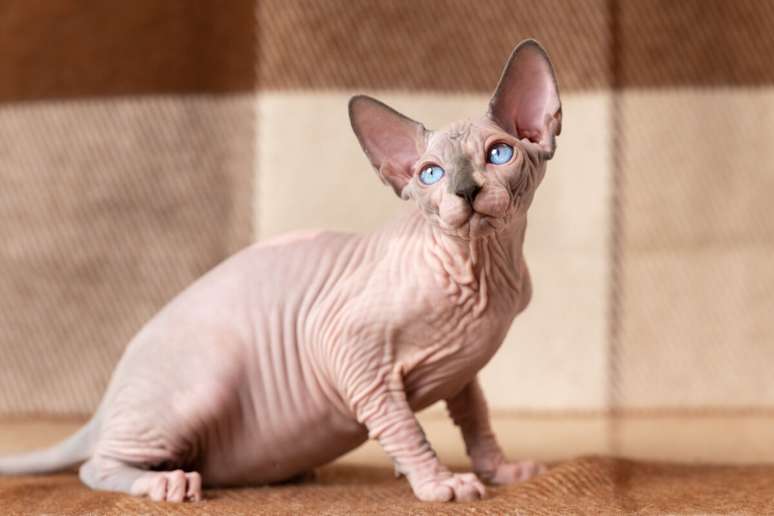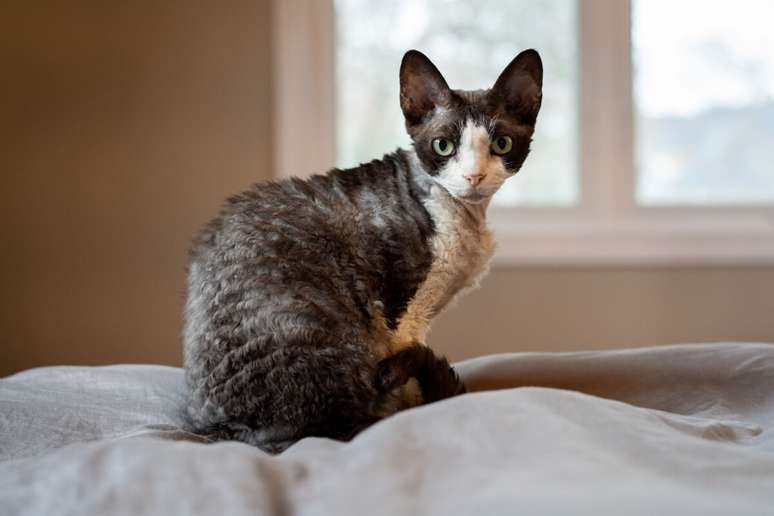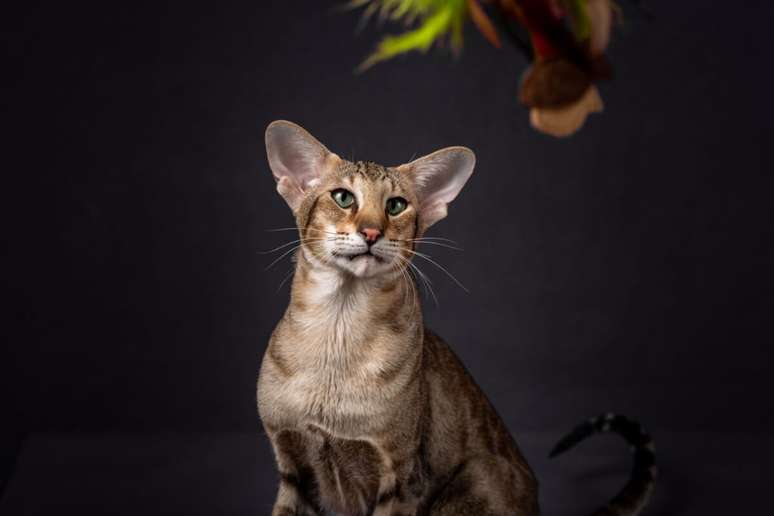You see some felines producing less of the substance that causes allergic reactions
According to experts, allergies to pets, such as dogs and cats, affect 10 to 20% of the world’s population. Research on allergies, asthma and immunology. Often, those who love cats end up avoiding them due to allergic symptoms, such as sneezing, itchy eyes and congested nose.
The main cause of the allergy is the Fel d 1 protein, present in the saliva and skin of cats. When licking, this protein diffuses through the hair and is released into the environment, causing reactions in sensitive people.
Regardless of breed, all cats produce Fel d 1. Therefore, there are no truly “hypoallergenic” or allergen-free cats. However, there are cats that produce less of this protein or have characteristics that reduce its dispersion, making them more suitable for allergy sufferers. See below!
1. Siberian

Of Russian origin, the cat The Siberian is known for its long and thick fur, ideal for resisting the cold. Despite its furry appearance, this breed produces smaller amounts of Fel d 1 protein, making it one of the best options for allergy sufferers. Furthermore, it is an affectionate, playful animal and very loyal to its owners, creating a strong bond with the family.
2. Sphinx

THE sphinx It is perhaps the most famous breed among cats that cause fewer allergies, especially due to the absence of hair – which makes it difficult for the Fel d 1 protein to disperse into the environment. Native to Canada, it has wrinkled skin that requires special care, such as regular baths. This animal is active, affectionate and loves the company of its owner, being very sociable.
3.Devon rex

THE Devon Rex It is a British breed with short, curly fur that leaves very little of its body. This way the allergenic protein has less chance of spreading into the environment. Furthermore, it is a charismatic cat, with large eyes and pointed ears, known for its intelligence and energy. He loves to play and be in the company of his owners, which makes him excellent company.
4. Cornish Rex

Similar to the Devon Rex, the Cornish Rex is also a breed with short, wavy fur, which helps retain the Fel d 1 protein and reduce its dispersion. This breed emerged in England and has a very affectionate and playful behavior. He is known for his agility and love of play, making him a great companion for active families.
5. Balinese

Despite its similar appearance to cat Siamese, the Balinese is a version with longer hair and produces less Fel d 1. Originally from the United States, it is an elegant breed with a curious and communicative personality. Affectionate, he loves closeness to his owners and feels comfortable in family environments.
6. Oriental short hair

With its large ears and thin body, the Oriental Shorthair is a competition related to the Siamese, but with an impressive variety of colors and patterns. This short-haired cat releases less fur into the environment and consequently spreads less of the Fel d 1 protein. He is very fond of his owner and likes to receive attention. He is also a curious and playful feline, ideal for those looking for an active companion.
Important care
It is essential to be aware of allergy symptoms when living with cats, even those that tend to cause fewer allergic reactions. Everyone reacts differently, and in some cases, prolonged exposure to allergens can make the condition worse. Therefore, it is essential to consult a doctor before adopting the animal and when you notice any discomfort. Additionally, the professional can recommend measures to minimize symptoms.
Source: Terra
Ben Stock is a lifestyle journalist and author at Gossipify. He writes about topics such as health, wellness, travel, food and home decor. He provides practical advice and inspiration to improve well-being, keeps readers up to date with latest lifestyle news and trends, known for his engaging writing style, in-depth analysis and unique perspectives.








